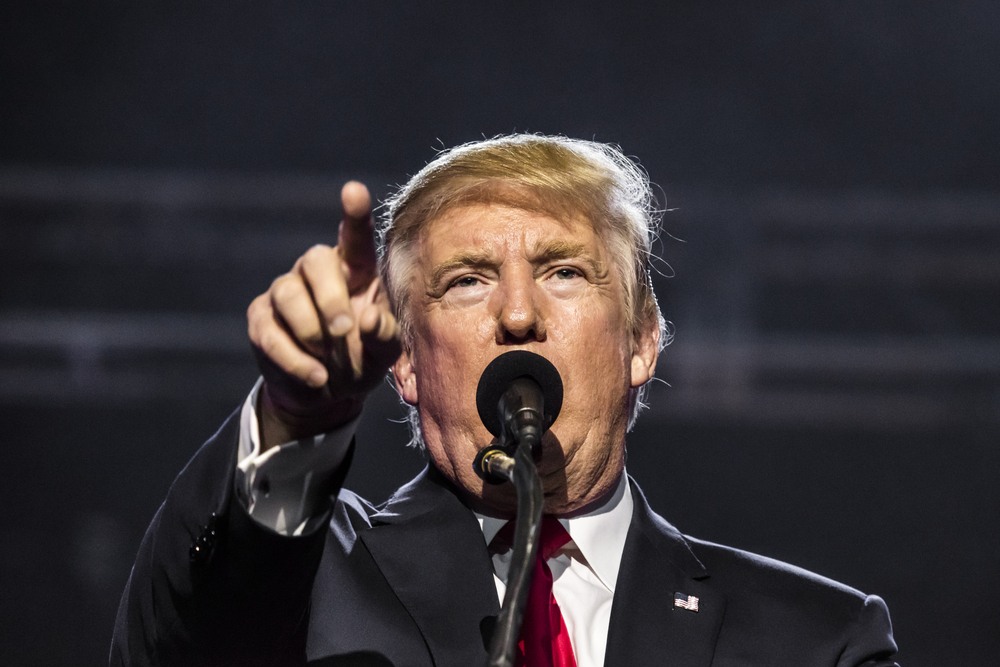Key Takeaways:
- President Trump proposes a $1 trillion defense budget.
- The Pentagon faces challenges from past spending cuts.
- Foreign threats, including China and Russia, are increasing.
- The budget aims to modernize and strengthen U.S. defenses.
Why $1 Trillion Makes Sense
President Trump has suggested a significant increase in the U.S. defense budget to $1 trillion. This proposal comes at a time when the country’s military is facing numerous challenges, both from within and abroad.
A Growing Threat Landscape
The world is becoming a more dangerous place. Countries like China and Russia are strengthening their military capabilities. China is expanding its navy and developing advanced missiles, while Russia continues to assert itself aggressively in regions like Ukraine. Additionally, threats from terrorist groups and cyberattacks remain persistent. These developments highlight the need for a strong and modern military.
Past Cuts and Current Challenges
In the past, especially after the Cold War, the U.S. reduced its military spending. During President Obama’s era, there were further limits on defense budgets. These cuts have left the military with outdated equipment and struggles to maintain readiness. Meanwhile, potential adversaries have been busy building up their forces, creating a gap in military capabilities.
What the $1 Trillion Budget Means
The proposed $1 trillion budget is intended to address these issues. It will be used to modernize equipment, ensuring the military has the latest technology. This includes updating weapons systems and enhancing cybersecurity to counter digital threats. The budget will also focus on improving readiness through better training and maintenance. Additionally, it will support personnel by providing improved pay and benefits to attract and retain skilled service members.
Is $1 Trillion Enough?
While $1 trillion is a substantial amount, some argue that it might not be sufficient given the rapidly evolving threats. For instance, China’s increasing military strength and advancements in artificial intelligence pose significant challenges. Moreover, the rise of new technologies requires continuous investment to stay ahead. This raises questions about whether the proposed budget will be enough to address both current and future threats.
The Future of U.S. Defense Spending
Looking ahead, it’s clear that the U.S. will need to consistently invest in its military. This is crucial not only to deter current threats but also to prepare for future challenges. As global tensions rise, a strong defense budget becomes increasingly important to maintain national security and global stability.
Conclusion
President Trump’s proposal for a $1 trillion defense budget reflects the urgent need to strengthen the U.S. military. Given the growing threats from countries like China and Russia, along with the need to modernize and prepare for future challenges, this investment is seen as a necessary step. Whether this amount is sufficient remains to be seen, but it is a significant move toward ensuring the military’s readiness and capability in an increasingly complex world.

